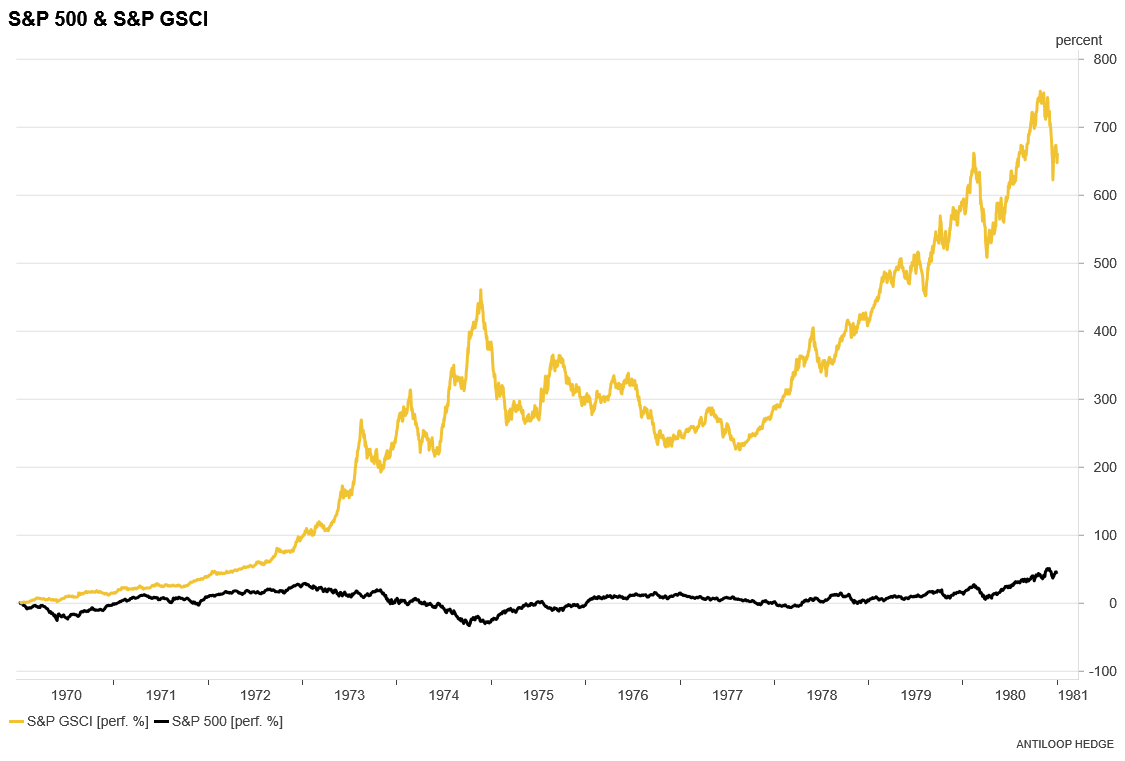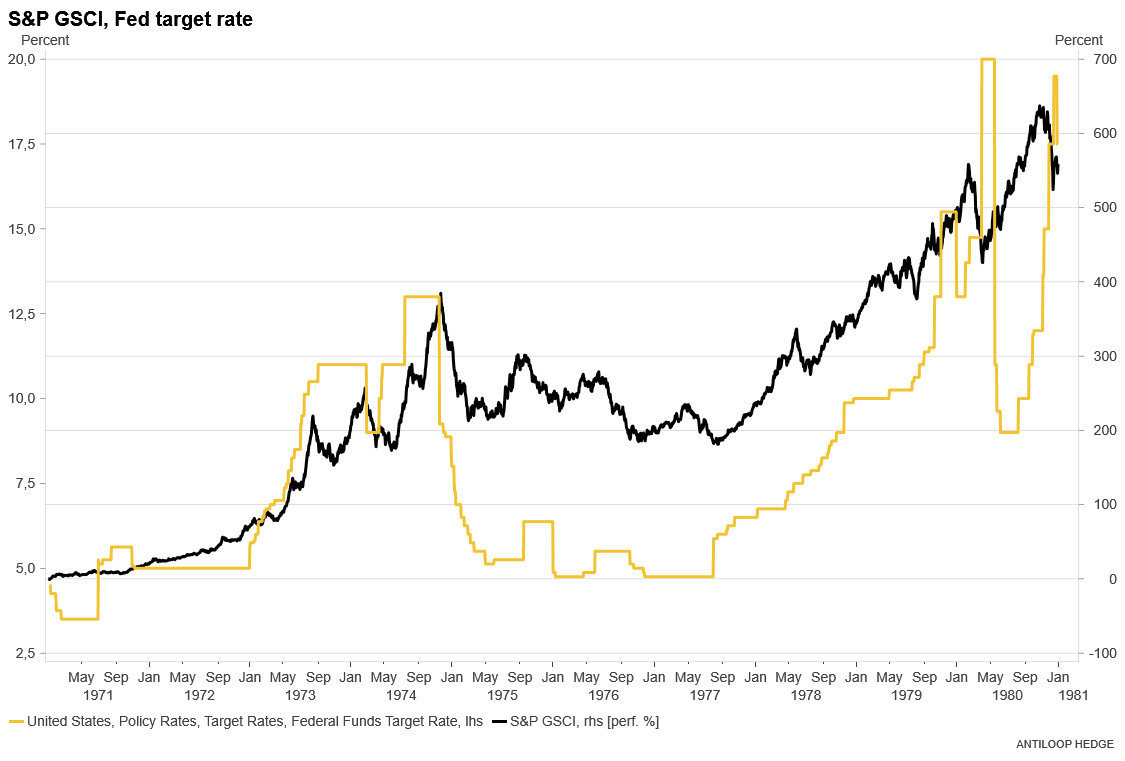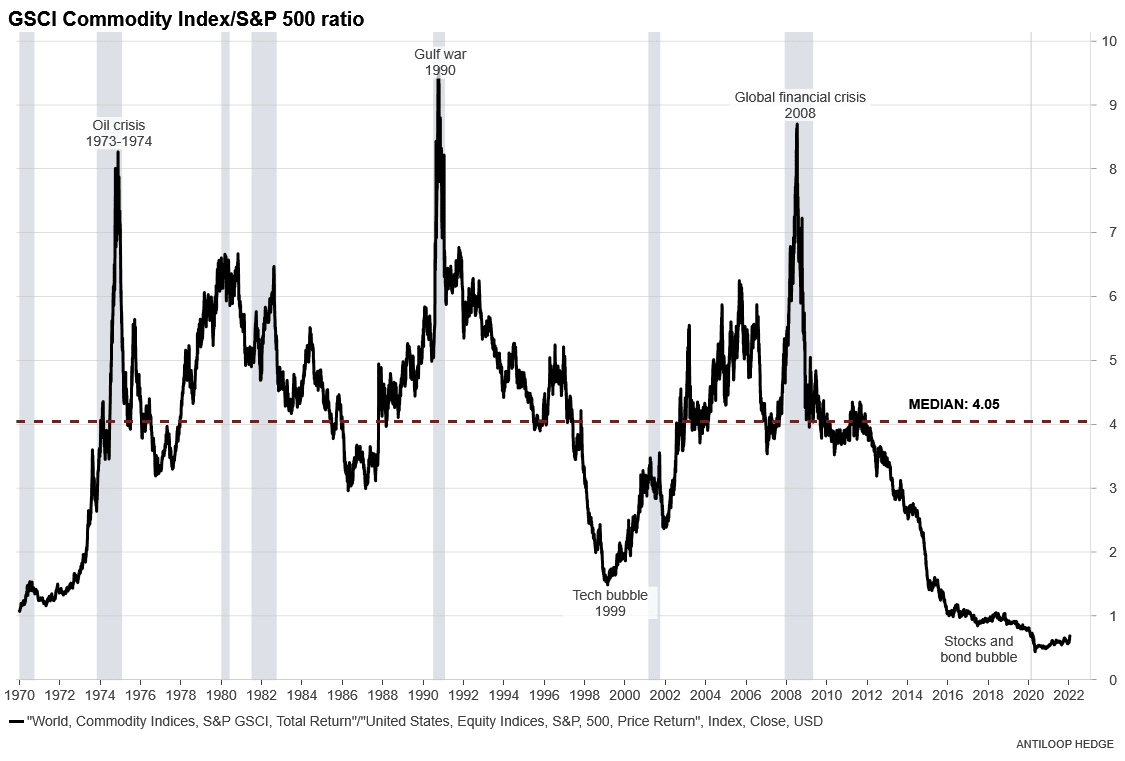The raw material years

2021 and 2022 look set to be years that will be remembered in retrospect as the years when inflation really hit. Never have we created so much money as in recent years, all to "save" the economy after the pandemic, and now it's time for the Federal Reserve to try to tackle the consequences. But 2022 also looks set to bring something else to the history books - a boom in commodity prices.
2021 and 2022 look set to be years that will be remembered in retrospect as the years when inflation really hit. Never have we created so much money as in recent years, all to "save" the economy after the pandemic, and now it's time for the Federal Reserve to try to tackle the consequences. But 2022 also looks set to bring something else to the history books - a boom in commodity prices.
While the stock market has had a heavy start to the year, commodities have in many cases performed well instead. In addition to energy prices, where the oil price is up almost 15 percent and natural gas almost 13 percent, other raw materials have also performed significantly better than shares. Despite the rise of almost 100 percent in the past year, the coffee price has continued its positive trend even at the beginning of this year.
January 2022 is starting to look more and more like what we saw in the early 1970s, when the energy-heavy commodity index rose above 260 percent between January 1970 and August 1973, while the S&P 500 rose just over 10 percent. While the S&P 500 then fell to -26 percent at the end of 1974, the S&P GSCI had risen 446 percent before assets changed places and commodity prices fell until 1977 while stocks recovered somewhat.
Between 1977 and 1980, however, something happened, and the S&P 500 continued to trade sideways while commodity prices continued to rise several hundred percent until Paul Volcker finally raised interest rates to 20 percent.

Note: Indices in US dollar. Past performance is no reliable indicator of future results.
Not necessarily a threat to rising commodity prices
Contrary to what we often hear, rising interest rates have not directly led to falling commodity prices. Although the Federal Reserve raised interest rates from 5 to 15 percent between 1972 and 1974, prices continued to rise. When the S&P GSCI fell, it had little to do with high interest rates and more with the recession that the country was in, and when the economy recovered and the interest rate followed in the late 1970s, commodity prices also continued to rise.

Note: Indices in US dollar. Past performance is no reliable indicator of future results.
The forthcoming interest rate hikes signaled by the Federal Reserve this year can of course affect all markets in the short term, but in the long term the outlook for commodities could look like the early 1970s. Despite the fact that most commodities have risen more than 100 percent, there could still be room on the upside, and compared to equities, commodities still seem cheap. However, some uncertainties remain also as the pandemic has not come to a final end.

Bull & Bear-Certificates
Risks
Legal notice:
This information is in the sole responsibility of the guest author and does not necessarily represent the opinion of Bank Vontobel Europe AG or any other company of the Vontobel Group. The further development of the index or a company as well as its share price depends on a large number of company-, group- and sector-specific as well as economic factors. When forming his investment decision, each investor must take into account the risk of price losses. Please note that investing in these products will not generate ongoing income.
The products are not capital protected, in the worst case a total loss of the invested capital is possible. In the event of insolvency of the issuer and the guarantor, the investor bears the risk of a total loss of his investment. In any case, investors should note that past performance and / or analysts' opinions are no adequate indicator of future performance. The performance of the underlyings depends on a variety of economic, entrepreneurial and political factors that should be taken into account in the formation of a market expectation.
